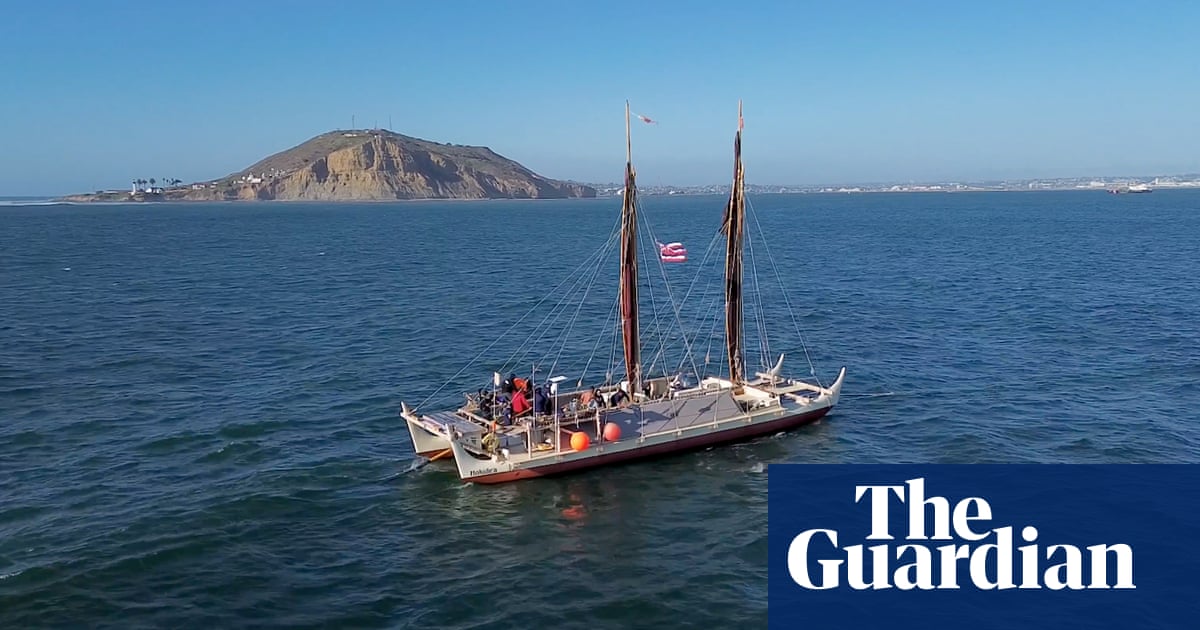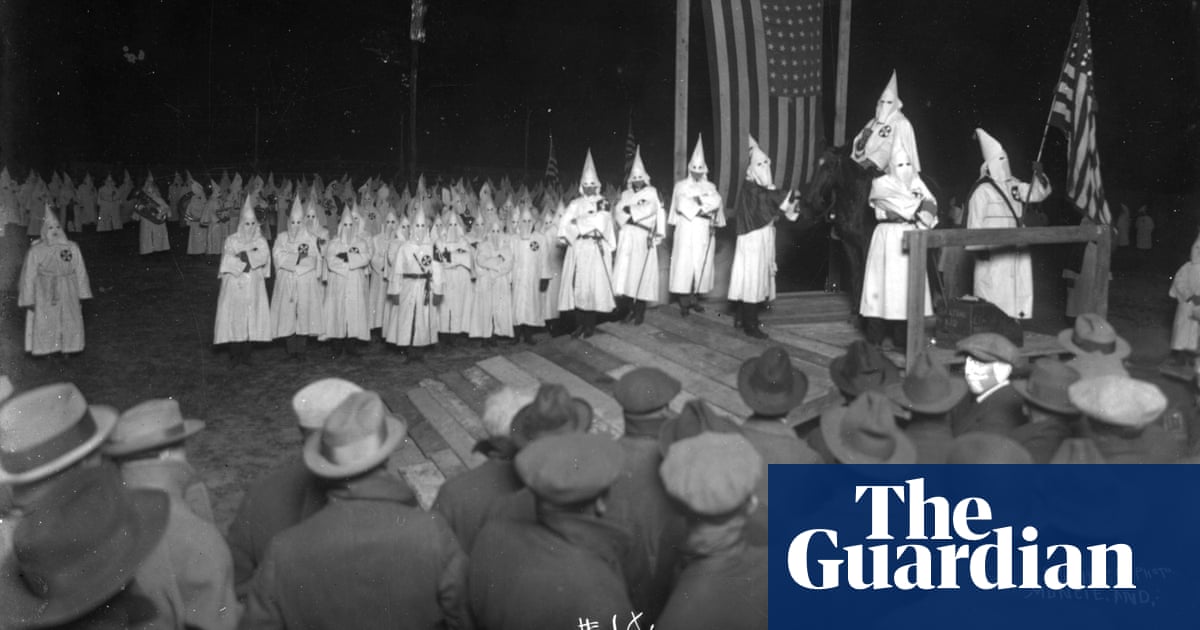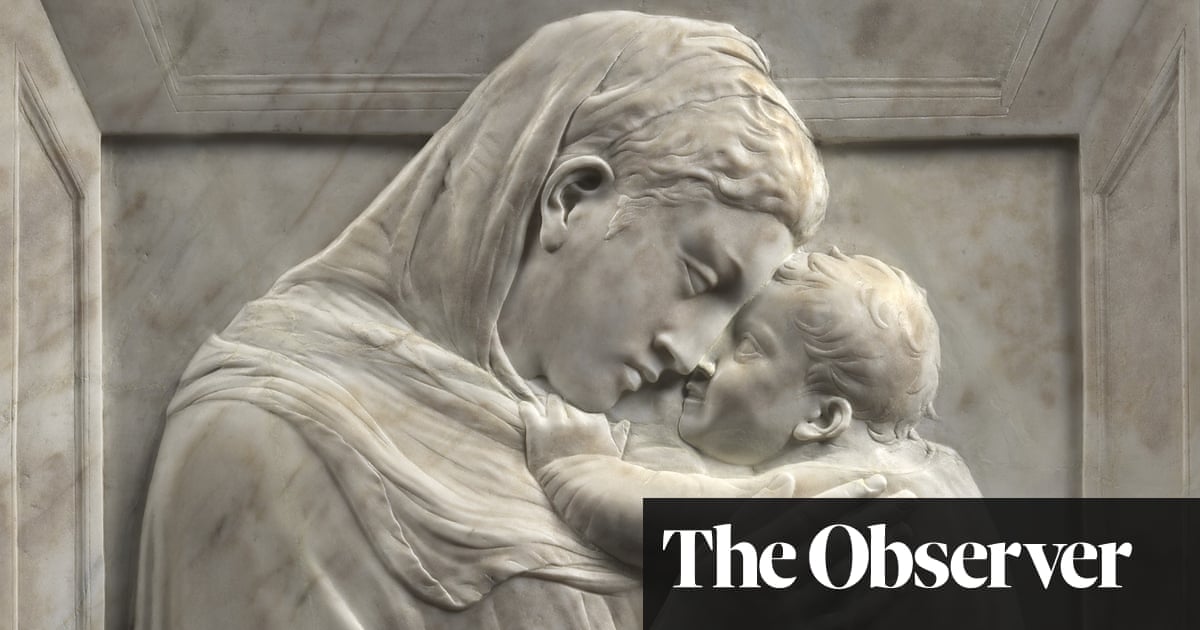
Adouble-hulled Polynesian sailing canoe glides up to a busy dock in San Diego, California. Hōkūleʻa’s two short wooden masts are dwarfed by the historic schooner that escorted the boat into the harbour. Dozens of small outrigger canoes trail in its wake, honouring the crew’s arrival.
Once the docklines are secure, Hōkūleʻa’s 13 crew members put on ceremonial leis – floral garlands – and request permission from the local Indigenous tribe to come ashore. In response, 30 members of the Kumeyaay Nation sing and dance to welcome them to their native lands. Hundreds of onlookers snap photos before joining the festivities at a nearby park.
The celebration in San Diego is partly to honour Hōkūleʻa’s 2,800-mile voyage down the west coast of North America with no compass, charts or GPS (not to mention no galley or toilet).
It is also about honouring this small craft’s leading role in inspiring a cultural renaissance in traditional sailing that has rippled well beyond the Hawaiian shores where it was launched 49 years ago.
“The fact that it’s possible to conduct navigation across thousands of miles of open ocean without instruments is inspirational for all of us,” says Ray Ashley, director of the Maritime Museum of San Diego, where Hōkūleʻa docked.
“The ability to solve problems in ways that rely on logic and intelligence and courage and all the things this canoe [crew] embodies is something that’s sorely needed now, which is why this vessel and the voyage she’s embarked on are crucially important.”
Last June, Hōkūleʻa left the Alaskan port of Juneau on the Moananuiākea voyage, a four-year circumnavigation of the Pacific Ocean. So far, it has visited 35 communities and had nine crew changes. It still has 37,000 miles (60,000km) and three years to go before the voyage is complete.
“We’re trying to learn as much as we can about who we are and who our ancestors were, and looking for the balance between science and Indigenous cultures,” says Bruce Blankenfeld, voyaging director of the Polynesian Voyaging Society (PVS) and a master navigator who has sailed all over the world onboard Hōkūleʻa.
Standing on the boat’s deck with the lights of San Diego behind him, Blankenfeld adds that practising and teaching traditional navigation “is how we keep validating it as a living culture”.
At the helm, manoeuvring Hōkūleʻa’s long wooden steering oar, is the captain, Tamiko Fernelius. “This canoe connects people from all different countries and islands,” she says.
Fernelius, 45, has worked on ships most of her adult life and began learning traditional navigation 14 years ago. “Navigation is observing nature and paying attention to your surroundings and yourself. The more you understand and make sense of these things, the more you will respect them and want to take care of them,” she says.
First launched in O‘ahu in 1975, Hōkūleʻa means “star of gladness” – the Hawaiian name for the zenith star used in celestial navigation, better known as Arcturus, which appears directly over Hawaii. PVS constructed the replica of an ocean-voyaging canoe to disprove the theory that ancient Polynesians drifted across the Pacific instead of purposefully navigating to their desired destinations.
This idea had been popularised by the Norwegian explorer Thor Heyerdahl, who crossed the ocean on a balsa-wood raft named the Kon-Tiki in the late 1940s in support of his notion that the inhabitants of the Polynesian Islands originally came from South America.
Archaeological evidence suggests that Polynesian voyagers can be traced back to the Indigenous people of Taiwan between 3,500 and 5,000 years ago. But until Hōkūleʻa demonstrated otherwise, many western historians and anthropologists believed that Pacific islands were populated by “people drifting downwind on rafts from South America, or fishermen being blown out to sea, or people just accidentally running into islands”, Ashley says.
In 1976, PVS asked Mau Piailug, a master navigator from Satawal in Micronesia, to guide Hōkūleʻa on a 2,400-mile test voyage from Hawaii to Tahiti without modern instruments. When they successfully arrived in Papeete a month later, more than half the island’s population came out to greet them.
“We tend to think of great cultural achievements in terms of paintings or works of literature or buildings like pyramids or temples. But I think all of those things pale in comparison to what was accomplished more than 1,000 years ago by Polynesians,” says Ashley.
Wayfinding is an ancient and highly complex skill. For instance, for Hōkūleʻa’s ocean voyages to Tahiti, the canoe’s navigator must memorise the relative positions of about 200 different stars and watch where they rise and set to ensure the boat arrives safely at a small island in a vast sea.
But when it is cloudy at night, wayfinders must find their position and direction of travel using other clues, such as the direction of the waves or the flight path of certain birds.
While Polynesians travelled further than most early explorers, they are not the only example of cultures that used impressive methods to navigate. For instance, the Inuit of Greenland carved driftwood in the shape of coastlines to create tactile maps for their journeys over Arctic ice. In Siberia, the Evenki use rivers as landmarks when hunting reindeer. The Pitjantjatjara in Australia use the smell of plants and seasonal changes to identify their routes.
The revival of wayfinding in Hawaii is “delightful”, says Hugo Spiers, a professor of cognitive neuroscience at University College London, who has researched traditional methods of navigation.
However, he also emphasises that a few pockets in the Pacific never lost “their original, traditional knowledge that has been maintained and passed on”, such as on Taumako, in the Solomon Islands, and the atoll of Satawal in Micronesia.
“As society has gone on, we’ve mostly lost that connection to the natural landscape,” says Spiers. He believes that traditional navigation fosters an appreciation of the landscape, including the need to stem habitat loss and the climate crisis. “It’s a real mistake if we jettison some of these powerful methods developed in the past,” he says. “We will regret it.”
The first voyages on Hōkūleʻa sparked a renaissance of many Hawaiian traditions that had disappeared after Europeans colonised the islands. Today, Hawaiian children learn the native language in school, along with hula dances, traditional chants and celestial navigation.
Having covered more than 140,000 miles, Hōkūleʻa has inspired other revivals of seafaring traditions around the world. Indigenous communities in Aotearoa (the Māori name for New Zealand), Tonga, Samoa, Tahiti and the Cook Islands have all built their own voyaging canoes and sail them using traditional navigation techniques.
Yarrow Vaara, a member of the Tlingit clan in south-east Alaska, saw how the Hawaiians were building voyaging canoes and co-founded the One People Canoe Society in Juneau to “bring back the tradition of using our waterways as a mode of transportation for our communities”. When Hōkūleʻa last visited San Diego in 1995, it inspired the local Chamorro community (a group indigenous to the Mariana Islands) to build their own outrigger canoe.
One of the ways the Hawaiians have so successfully revitalised their voyaging traditions is by fostering a community where everyone is welcome onboard – regardless of ethnicity, age or gender – as long as they are willing to share in the work.
Fernelius is a perfect example: born in Okinawa, Japan, she moved to Hawaii in 2009 and began volunteering for PVS to learn about wayfinding. She has always felt welcome.
“Everybody has a different background but once you come on deck, you’re ‘ohana, you’re family,” Fernelius says.
But this inclusive atmosphere was not part of traditional Polynesian sailing customs. In most Polynesian cultures “women couldn’t even touch the shadow of the canoe”, much less sail, captain or navigate the boats, says Nainoa Thompson, master navigator and president of PVS. But PVS has changed that because “in our world, equality matters”.
About a third of the crew on the Moananuiākea voyage are in their early 20s. Most learned traditional sailing and navigation at Hawaii’s private Kamehameha high schools, which teach children of Native Hawaiian ancestry in traditional culture and practices.
Today, some children on the islands are learning these skills even earlier. “Little preschoolers are chanting the star compass faster than I could,” says Jonah Apo, 23, a watch captain and protocol officer onboard Hōkūleʻa.
Apo believes that the Moananuiākea voyage will serve as a call to action for more people of all ages to help heal the oceans and the wider environment. This is especially relevant with the effects of the climate emergency.
“Record-breaking temperatures, an increase of storms – it makes our ability to voyage a lot riskier. It has changed sail plans for this voyage and raises the alarm even more that change needs to happen.”












